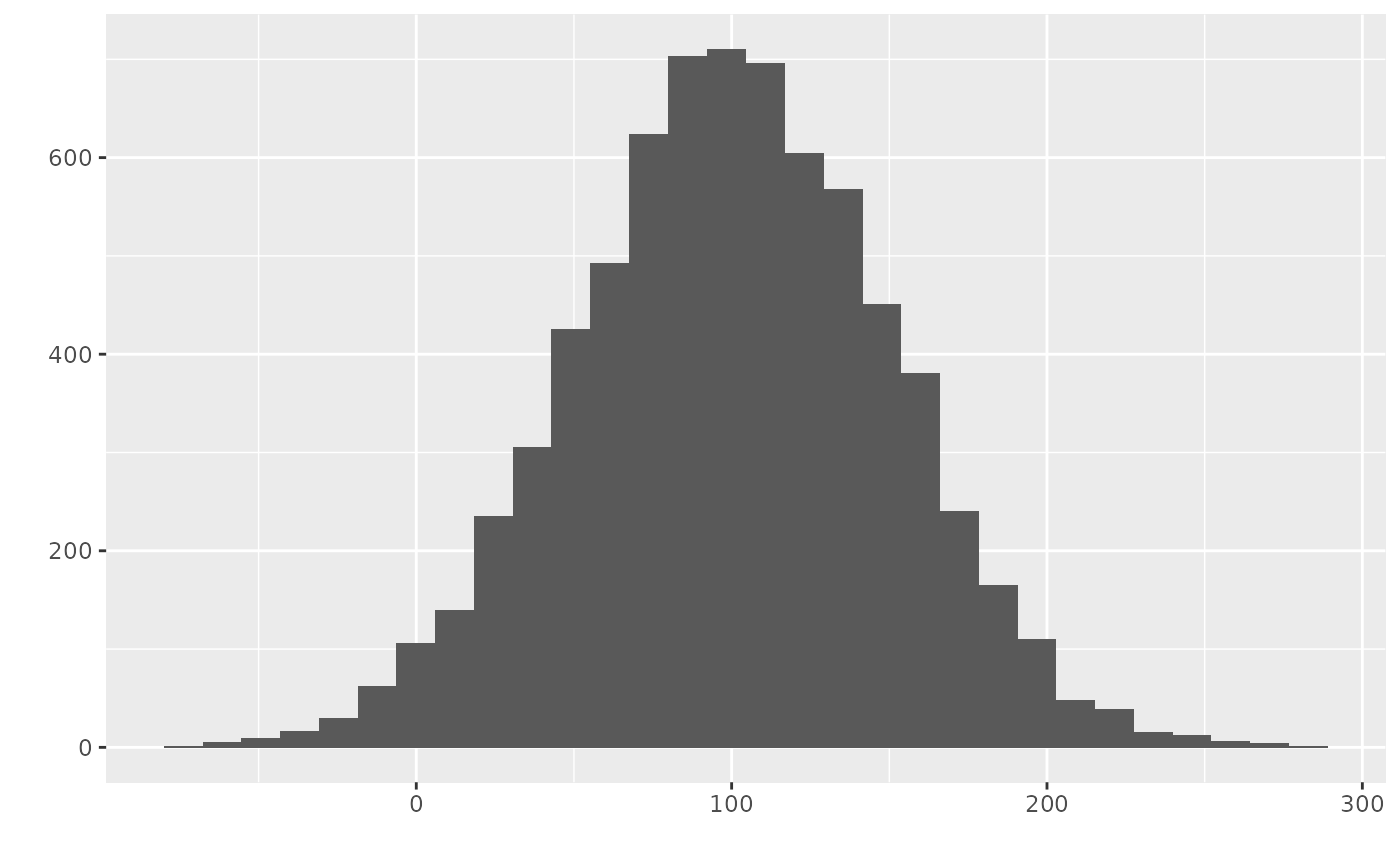This function accepts a design matrix and returns a standardized version of that matrix,
the statistics of each column such as median and sd are also provided.
Arguments
- X
Design matrix, of dimension
nobsbynvars; each row is an observation vector; can also be an object that can be coerced to a matrix, e.g. a data.frame.- tol
The tolerance value; a column of
Xis considered as singular if thesdof its entries (observations) is less thantol. Singular columns will be dropped by the end.
Value
The standardized design matrix with the following attributes:
- nonsingular
Indices of non-singular columns.
- center
Median of each non-singular column which is used for standardization.
- scale
Standard deviation of each non-singular column which is used for standardization.
Details
For each column of X, the standardization is done by first subtracting its median,
then dividing by its sample standard deviation, while the original version in ncvreg uses
mean and population standard deviation. Its speed is slower than ncvreg because of the
complexity of median finding, but still substantially faster than scale() provided by R base.

